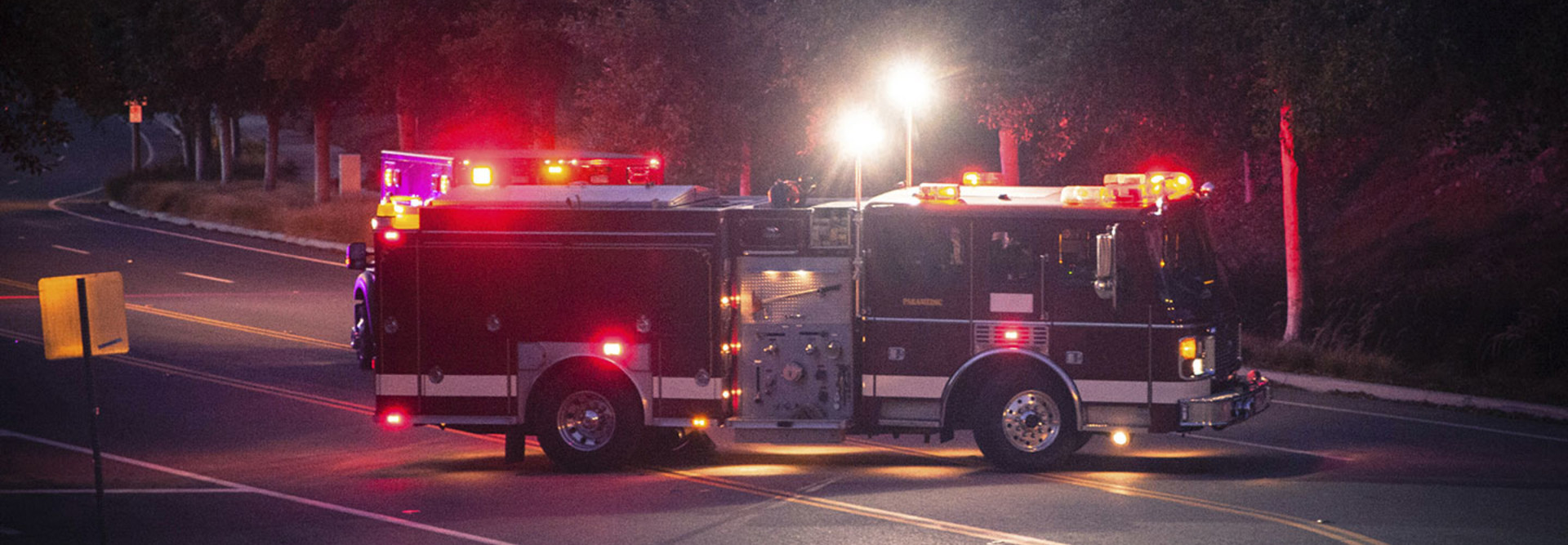New Jersey Town’s Innovative 911 System Provides a Sneak Preview of the Future of Emergency Response
Lakewood, N.J., distinguished itself from the rest of the United States last month by introducing some unique 911 emergency system technologies. Both the concept and software are inventive enough that other cities nationwide might consider using something similar.
According to GCN, the township’s new system comes courtesy of Avaya. Dubbed iLoc8, it utilizes WebRTC and HTML5 to link users with dispatchers via a web browser. GCN adds that this enhances location accuracy and awareness — two of the major limits of current 911 systems.
“From a 911 perspective, cellular location is horrifically inaccurate, and every week there are incidents in the news that talk about location challenges with 911 cellular devices,” Avaya chief architect Mark Fletcher explained to GCN. Furthermore, providing responders with the specifics before they reach the scene makes them more effective:
When a citizen calls or texts 911 from a mobile device, Lakewood dispatchers receive information that the call is originating from a cellular network. iLoc8 then allows the dispatcher to send an SMS message to the device with a web link. With the click of a button, the browser-to-browser data connection is established between the mobile device and the 911 center, which allows the mobile user and the dispatcher to share multimedia information in real time.
Changing the Way Callers and Dispatchers Interact
Further enhancing iLoc8’s potential success is its multimedia dynamic: It allows users and dispatchers to swap photos and videos in order to better communicate with each other.
“Pictures and video can tell the story like nothing else, and putting that information in the hands of the first responders provides that situational awareness all the way around,” Fletcher told GCN. “We’re taking common technology that's utilized today in commercial applications, and we’re applying that to the public safety use case. We’re making tremendous advances by doing that.”
App.com adds that this came at no expense to Lakewood, as Avaya is giving iLoc8 to them for free in order to show off its advantages. According to GCN, Lakewood should officially roll out the iLoc8 software and pilot program by the summer’s end.
Fletcher believes that Lakewood’s system has the potential to set a new precedent. “This will be, from what I have seen, the very first deployment of next-generation 911 services,” he told GCN. It’s a lofty goal, but does iLoc8 have a chance to become the new standard for emergency response?
Having the functionality to send and receive images directly to dispatchers is a major advantage. Callers will be able to provide dispatchers with specifics. In turn, dispatchers will be able to send specifics — such as directions and instructions — back to the callers. This could cut response time, and save lives in the process.
However, the platform’s potential spread depends on its success in Lakewood. That unofficial demo will be used to gauge national interest, so the future of emergency response could rest on the strength of this performance.









